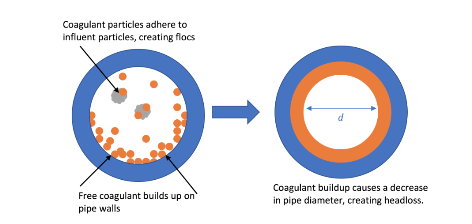Drew Hart, Roy Guarecuco, Larry Lin
Abstract:
In light of recent successful tests run by the AguaClara Engineers in Honduras with poly-aluminum chloride (PAC), an alternative coagulant to alum which consumes a fraction of the alkalinity, the ANC Control team is preparing to stop research with lime feeders because they will be largely unnecessary when PAC is adopted for all AguaClara designs. In order to bring closure to ANC research the team will write a final paper detailing the insights pertinent to lime feeder technology that AguaClara has gained over five semesters of research. We will also organize the ANC Control wiki page





